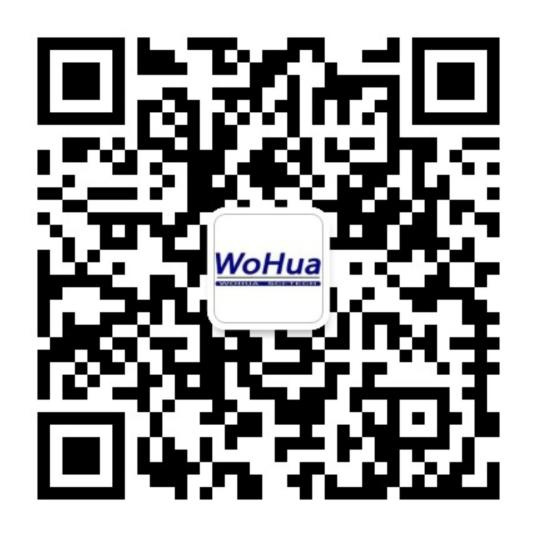The demand of different tire tire meridian trend
In Europe, Japan, North America and other regions, the tire meridian rate before 2000 basically reached 99%. After 1990, China, Brazil and other countries also developed rapidly. China's development speed is very fast, at present, the tire meridian rate reached more than 70%, in the next three years, China's tire meridian rate will be slightly improved, but the growth rate slowed down. India and Russia are somewhat slower, but overall meridional rates are improving.
Tyre labelling laws have been in force in Europe since November 1, 2012, and are also in the works in Japan and South Korea. In fact, Japan already started voluntary tire labeling in 2010; South Korea since December 2012, began to mandatory tire labeling, the United States will also be on the tire resistance to wet, rolling resistance and wear resistance requirements. Green, environmental protection has become the development trend of the world tire, tire production technology upgrade has become an inevitable trend.
● Europe and North America's development trend of heavy tire
The ultra-wide tire has become the development trend of the heavy tire, which has strict use specifications in the process of use in Europe and America.
First, the maximum height of the vehicle is 4 meters; Second, it requires more engine horsepower than a normal car, larger forklift disc and rim diameter; At the same time, for the protection of the road surface, the maximum inflation pressure of the tire must be limited to 9bar.
China has many technical and policy restrictions on the use of ultra-wide tyres, so it is not suitable for large-scale promotion at present.
● The demand for steel cord for load tires
In China's meridian load tires, "overload" and "long-distance" two directions accounted for 90% of the total sales of load tires. In the process of driving, overload and overpressure simultaneously increase the mean and amplitude of the tire cord stress, which aggravates the wear and corrosion of the steel cord, and shortens the fatigue life of the tire cord. Therefore, improving the corrosion resistance of the cord can effectively improve the tire life.
For overloaded tires, it is necessary to increase the strength of tire cord with greater strength, and it is necessary to improve the performance of cord penetration to reduce the corrosion of cord. For long distance tires, higher strength cord is needed to reduce the weight of cord, and the optimization of cord structure means to reduce cord wear and prolong the life of tire body cord.


 Add.:Room 802, Block E, Power Creative Building, Shangdi East Road No. 1 , Haidian District, Beijing
Add.:Room 802, Block E, Power Creative Building, Shangdi East Road No. 1 , Haidian District, Beijing
 Hotline:400-818-6918
Hotline:400-818-6918
 Web:www.wohuakeji.com
Web:www.wohuakeji.com

